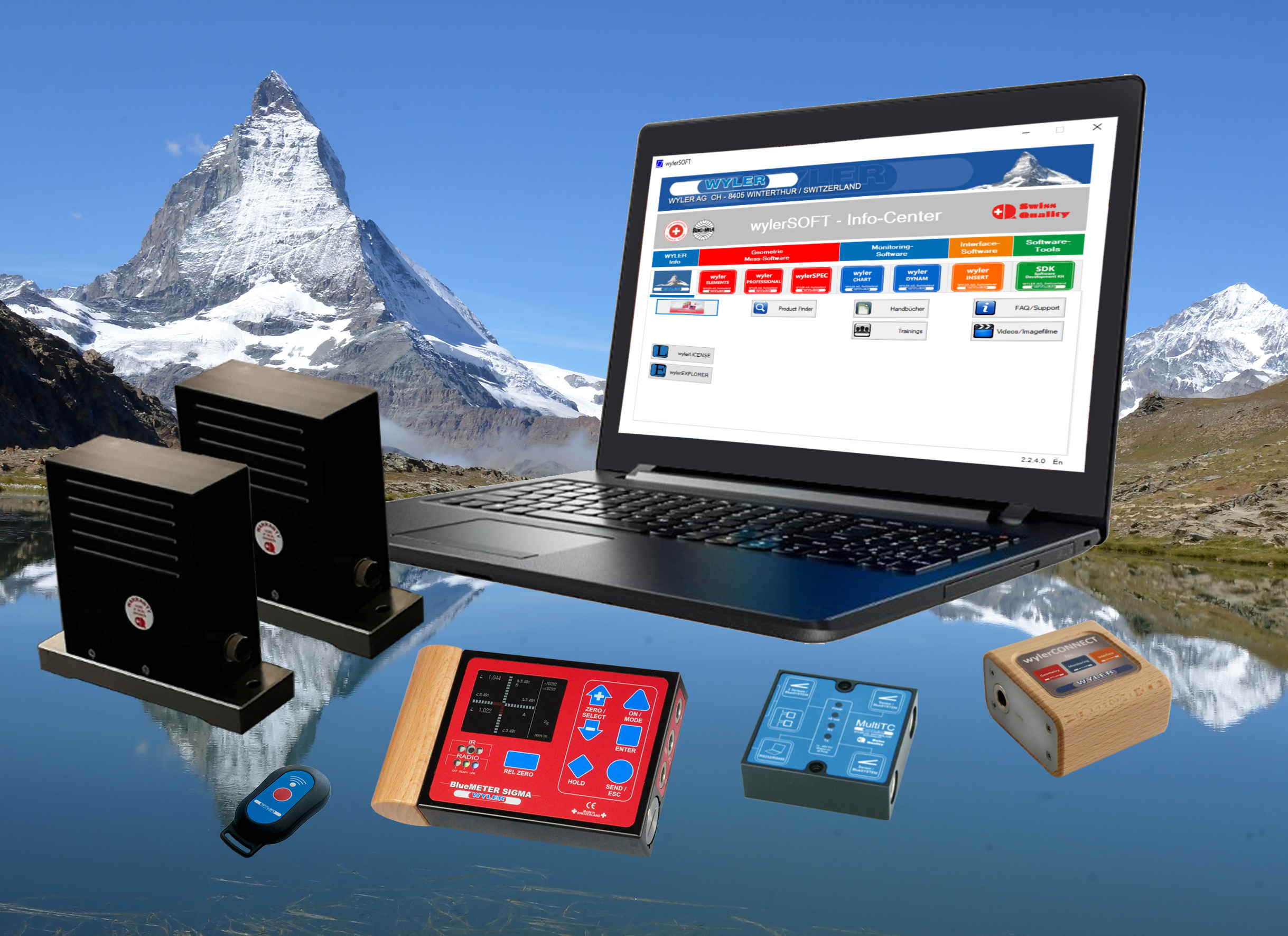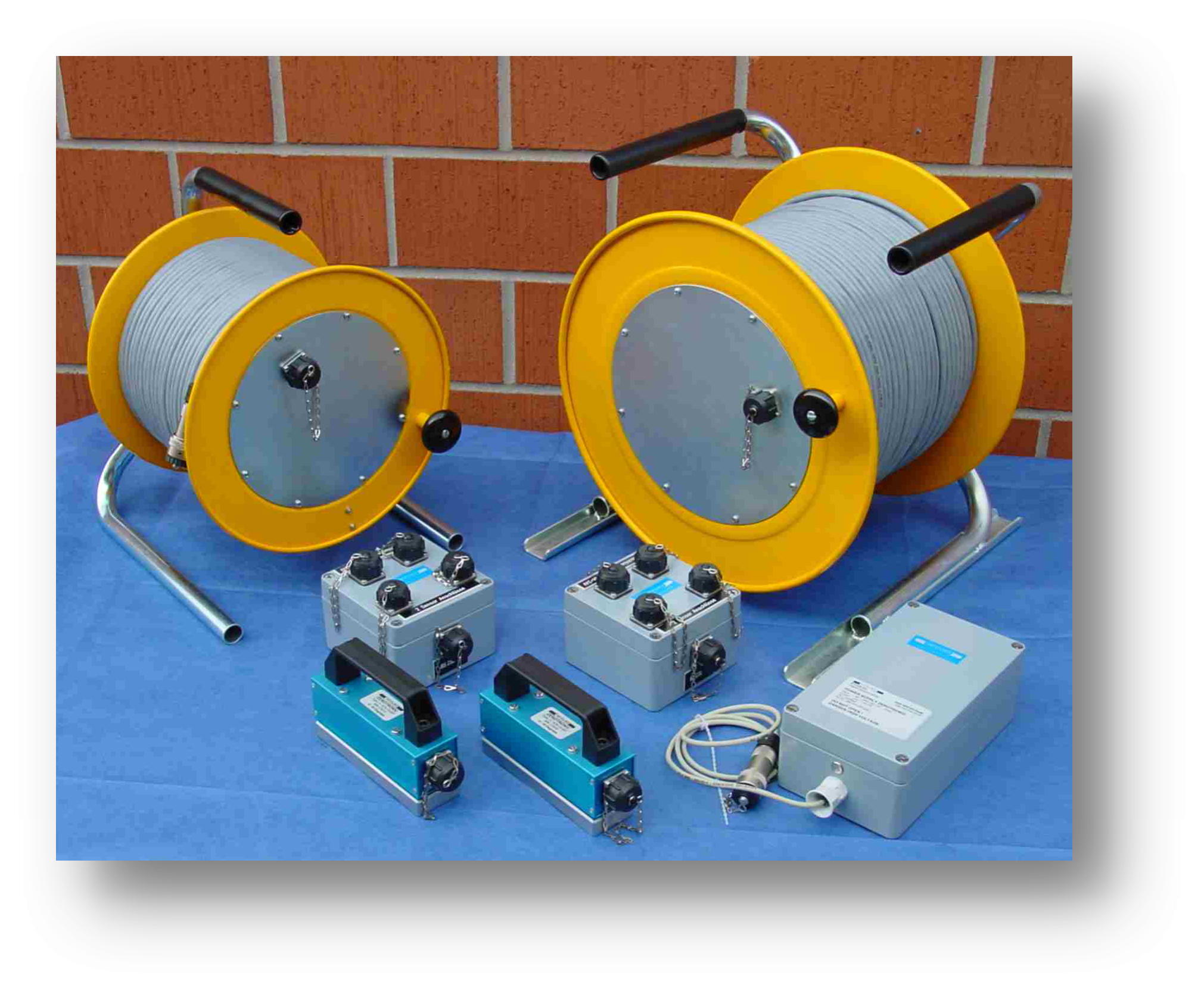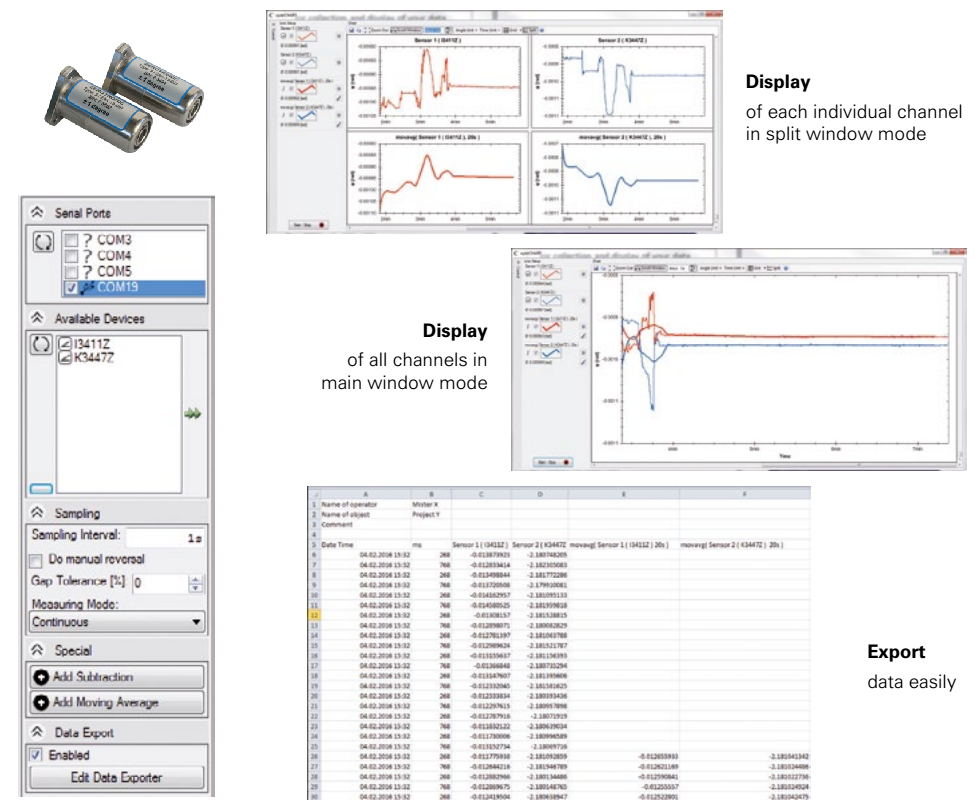
Zerotronic marine differential system
Ship system alignment is a complex system engineering, which has been regarded as an important part of ship work, and runs through the whole life cycle of naval ship design, construction and service. Referring to the definition of 'system alignment' in the national military standard gjb1233a, ship system alignment is to align the mechanical zero position and electrical zero position of each system platform of the whole ship in the deck coordinate system, even if the mechanical zero position and electrical zero position are unified in one datum, so as to ensure the consistency of the zero position of the whole ship system.

Schematic diagram of multi platform alignment
Since the zerotronic sensor of Wyler, Switzerland was put into use in the ship system in 1996, it has successfully solved the horizontal alignment measurement task of various ship multi system platforms. The measuring range of zerotronic sensor is available in plus or minus 0.5 degrees, plus or minus 1 degrees and plus or minus 10 degrees. It can be adjusted and aligned in dock or calm harbor.

The operating temperature of zerotronic sensor is wide, and the sensor with temperature compensation can work between - 40 ℃ and + 85 ℃, which can meet the service conditions of ships to the greatest extent. With wylerdynam software, it has the ability of multi-sensor synchronous measurement and differential data processing. The data can be displayed graphically or exported to CSV format, which is convenient for recording and tracing.

Wylerdynam software not only meets the functions of conventional data acquisition and differential measurement, but also adds the function of marine multi-directional inclination measurement. It can measure the horizontal inclination in multiple directions in the 0-360 degree plane (for example, measure the inclination in 12 directions, i.e. collect the measurement data every 30 °). The measurement results can also be expanded by curve, and the polar coordinates show the direction of the maximum inclination angle.